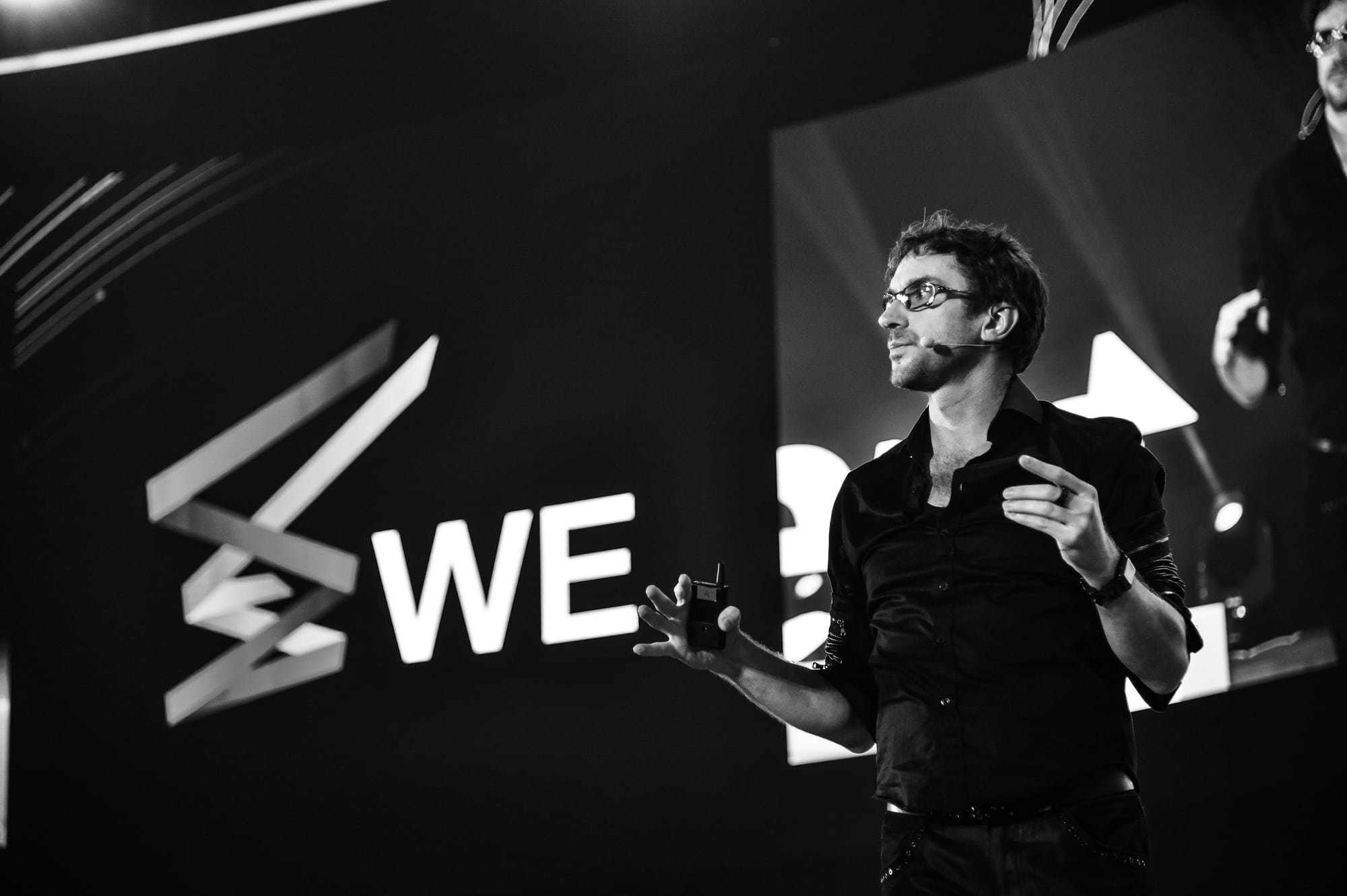Why real life beats headsets right now.
Why real life beats headsets right now.
In 2020 we power washed Amazon packages, relearned how to wash our hands, and figured out what six feet apart meant. Screens took over daily life, from work to holidays.
In the middle of all this, one promise grew louder, the metaverse.
Quick recap. The metaverse is a virtual world where people interact in a shared 3D space. Avatars, digital goods, virtual offices, concerts, meetings. A grand (but cold) vision for life online.
In 2021 Facebook changed its name to Meta, and Mark Zuckerberg announced a full blown commitment to building a metaverse. Big brands jumped in. Nike bought studios and filed trademarks. Startups pitched virtual malls and classrooms. VC cash poured in.
A few years later (make car screeching sound), Disney shut down its metaverse division during layoffs. Other companies pulled budgets. Even Facebook shifted focus to AI. The hype cooled. Ice cold.
I asked Pablos Holman, author of Deep Future: Creating Technology That Matters why the metaverse failed.
He is an inventor and futurist who works on energy, food, and health. Pablos sees promise in new tech, while staying grounded in human behavior.
His take is simple. The metaverse no longer waits for a breakthrough. Builders assemble the parts today. Graphics, headsets, networks, game engines, identity layers. The missing part is desire.
Most dreams for shared virtual worlds are possible, but audiences still feel lukewarm. Pablos calls this a demand problem, not a tech problem.
People choose real life. YAY!

Turns out we crave more than pixels. Eyes want daylight. Ears want live laughter. Hands want a real handshake. A walk with a friend lifts mood in a way a news feed delivers. Sleep improves after a workout with teammates. A phone buzz never matches that charge.
Lockdowns broke routine. Social skills rusted. Work moved into home offices and stayed longer than expected. Many people built habits around convenience and isolation. Attention drifted from neighborhoods to notifications. Energy dropped.
But that changed. Quickly.
“People want to live in meat space,” Pablos says. The line sounds simple, and it explains behavior better than any forecast. When given a choice, people go where meaning lives, with friends, movement, and sun on skin.
Build tech that helps real life. Treat VR and AR as tools, not the finish line. Use them for training, practice, rehab, field support, and art. Then send ’em back outside better than they went in.
Let’s keep it simple and real. Step outside for twenty minutes each day with no headphones. Text a friend and lock a walk or coffee. Pick one analog hobby, cards, sketching, or a film camera. Try one small physical challenge, ten hill sprints or a new yoga pose.
Pablos’ nudge is straightforward. Get out of the house. Make friends. Strap on wheels and risk a small spill. Touch grass. Do this for a week and feel mood, energy, and ideas lift.
Meat space wins right now. Build for this world. Live in this world. Use technology to support the next good day outside.